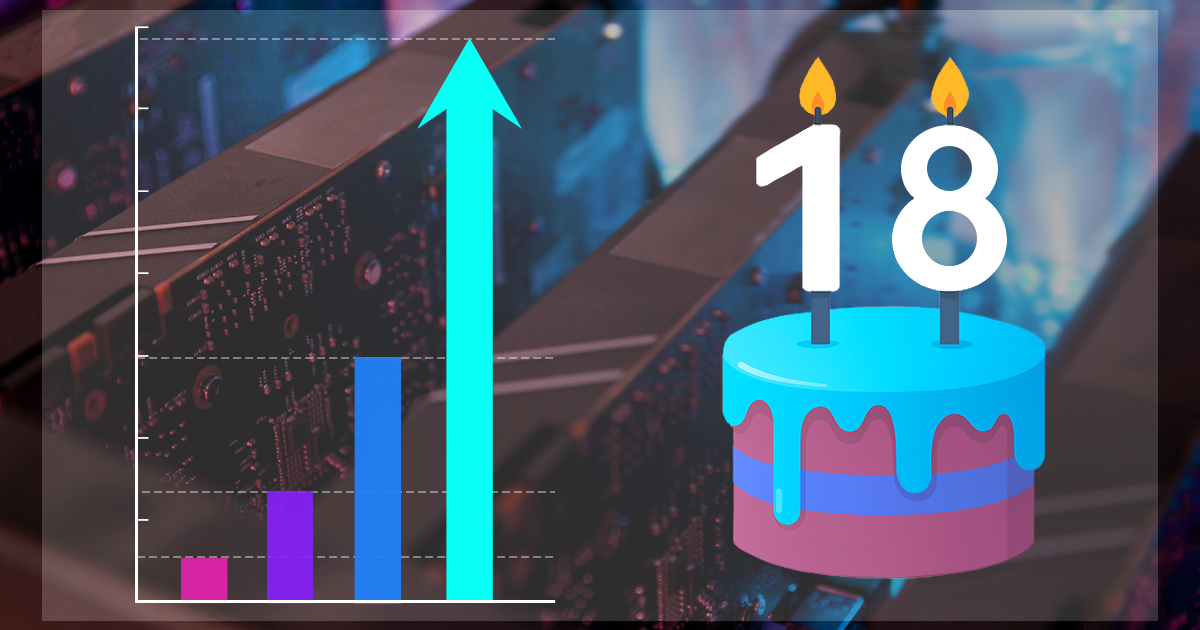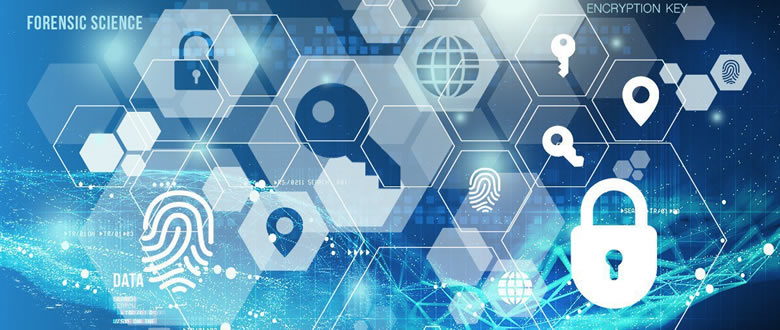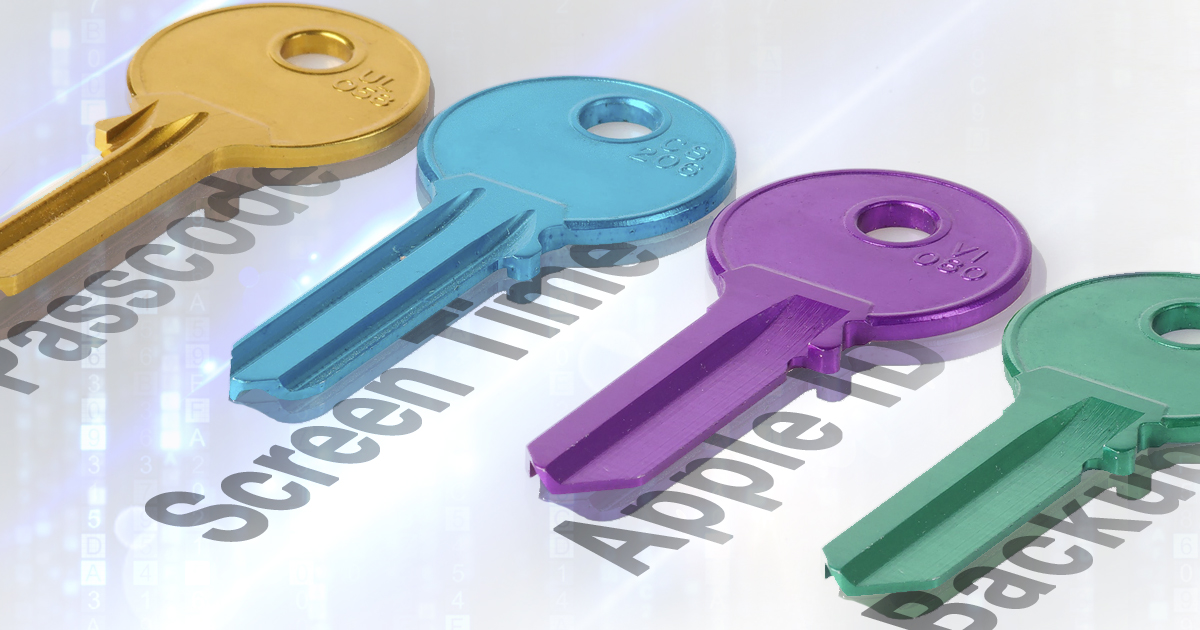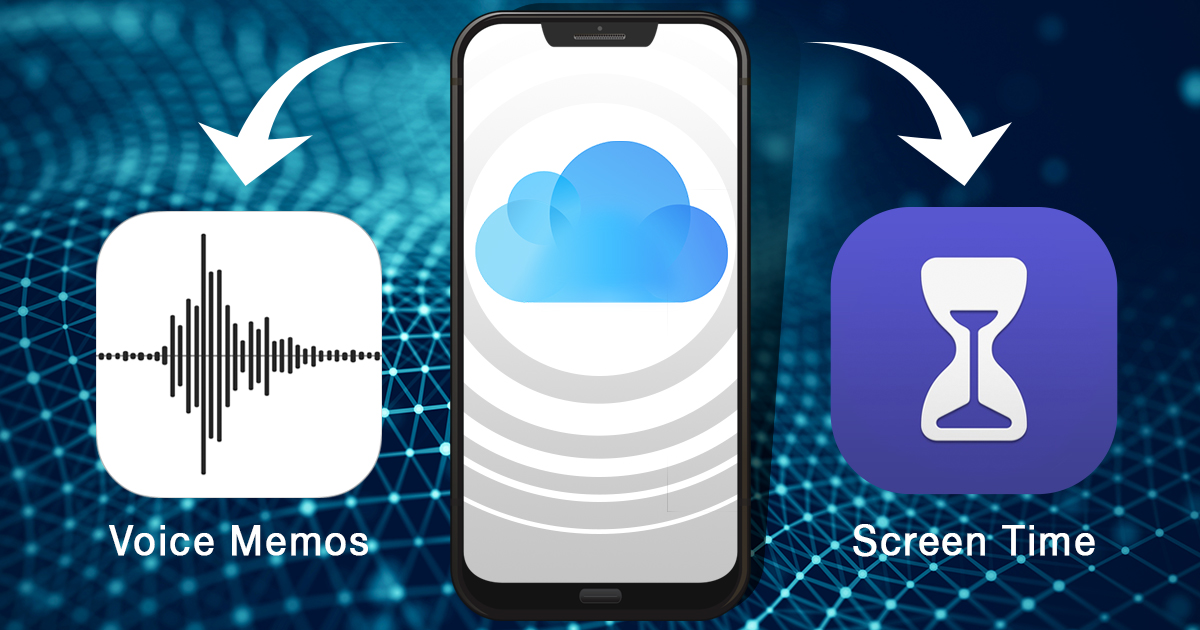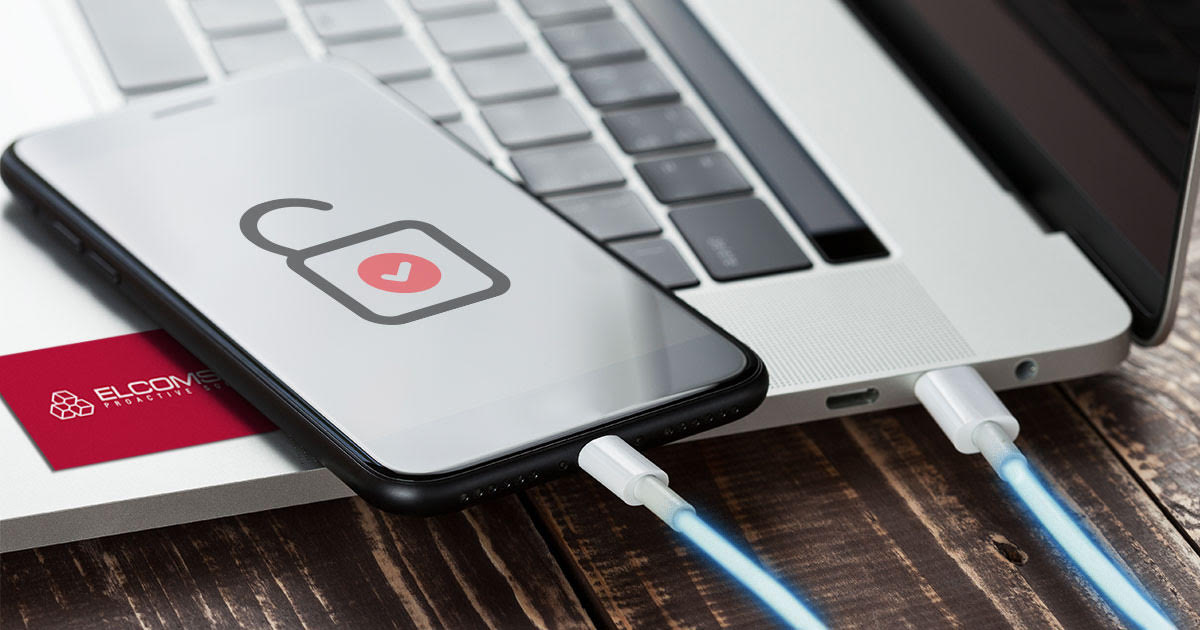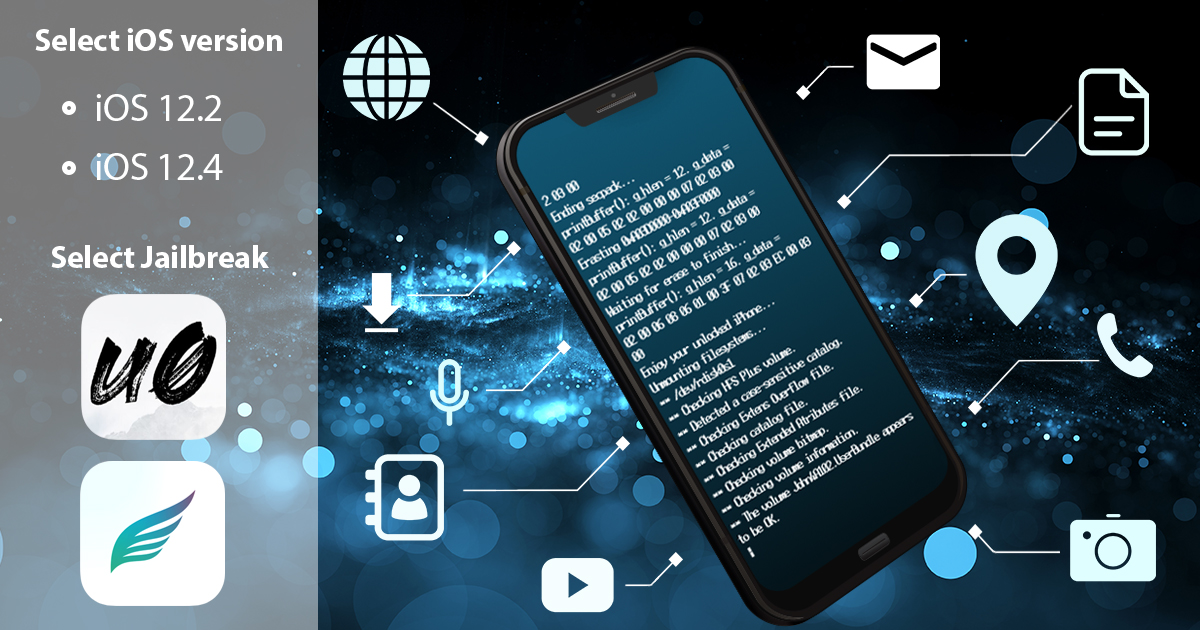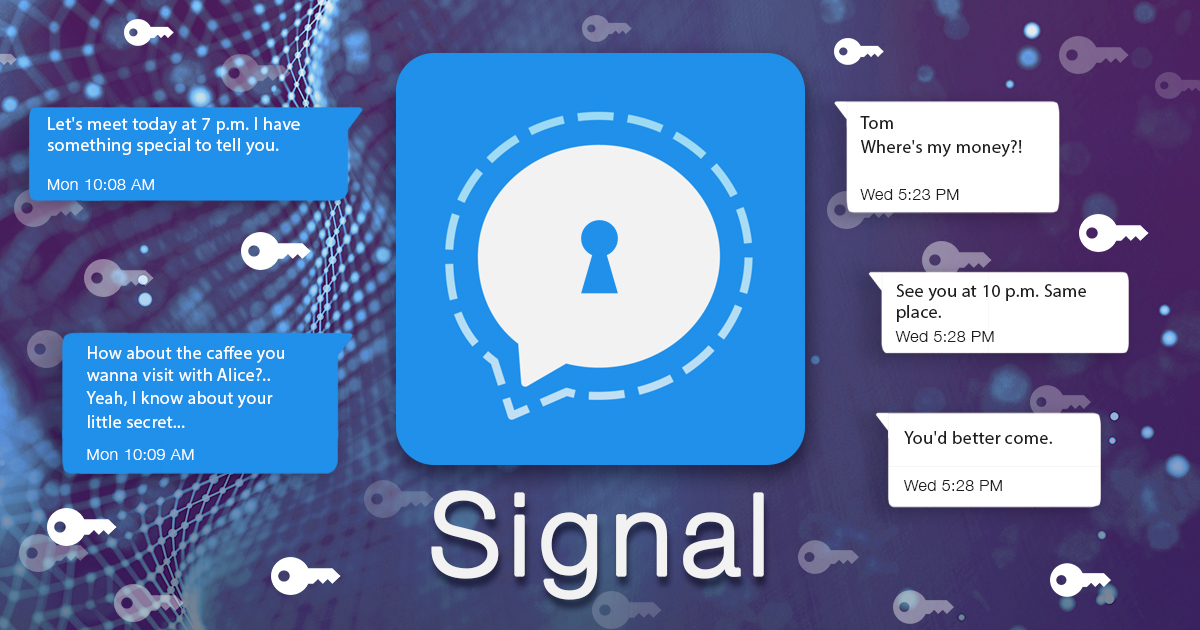September 6th, 2019 by Vladimir Katalov
When you perform Apple iCloud acquisition, it almost does not matter what platform to use, Windows or macOS (I say almost, because some differences still apply, as macOS has better/native iCloud support). Logical acquisition can be done on any platform as well. But when doing full file system acquisition of jailbroken devices using Elcomsoft iOS Forensic Toolkit, we strongly recommend using macOS. If you are strongly tied to Windows, however, there are some things you should know.
Read the rest of this entry »
